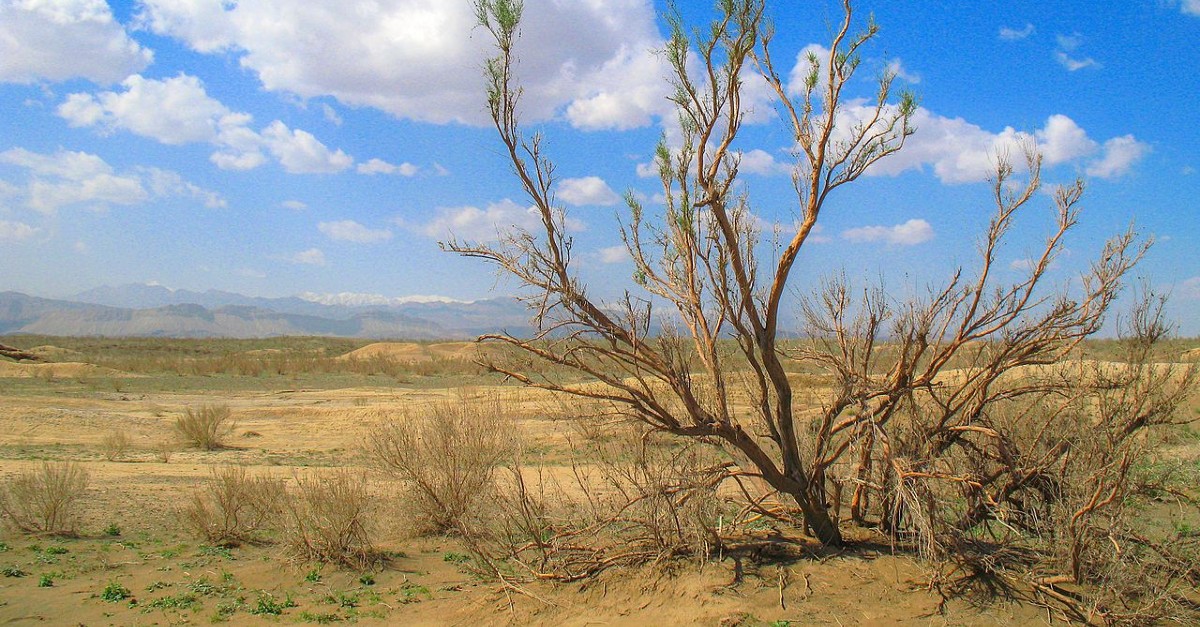For the last six months I’ve been slowly accumulating plastic bags. Granted, this was not something I did by choice. Normally when I go grocery shopping, I prefer to take along a reusable bag. It’s a small, but meaningful step I make to reduce my carbon footprint. However, during the pandemic, I was unable to use my reusable bag for a myriad of reasons, and plastic became the only alternative.
This left me in a bit of a pickle. Every time I considered just throwing them out, I received visions of choking sea turtles and environmental degradation. On the other hand, plastic bags are almost impossible to recycle. And so, I was left with a growing mountain of bags that I had no idea what to do with. Thankfully, I later discovered my local grocery store will recycle the bags themselves if you take the time to bring them in, but the experience got me thinking.
Climate change and environmental action have become major talking points in our society, but how are we discussing them in our classroom?
Going Green
Today’s youth have shown that they are very passionate about fighting climate change. Even now, many students are speaking out in movements that seek to build a healthier, more sustainable culture. As educators, we have an opportunity to equip our students with the knowledge and tools they need to make this world a reality. Project-based learning in particular can demonstrate practical, hands-on strategies for implementing change in local communities. While these lessons may only be a small step in a longer journey, they can still channel our classrooms into a positive force for good.
So, are you ready to help your students save the planet?
Here are a just few ideas to help you get started
- Taking a Stand: The late Justice Ginsburg once said, “Fight for the things that you care about, but do it in a way that will lead others to join you.” If students hope to lead others against climate change, they’ll need to learn how to have respectful, persuasive conversations. Show your students how to craft a compelling narrative using The Elements of Good Storytelling. After that, have them share their perspectives in a class debate or by creating their own podcast!
- Sustainable States: Every state in the USA is unique. From coastlines to mountains to rolling prairies, our landscape is diverse. Task your students with researching what plants and animals are unique to their home state. Discover if any of them are endangered, and if so, what can be done to protect them. Finally, have them publish their results in their own personal books!
- Energy Audit: Your students can help save the planet and save your school money at the same time! Have your class conduct an energy audit of their school and brainstorm strategies for reducing energy consumption. You could even have them pitch their solutions to the school board. Get things started with a round of the What Uses Watt card game.
- Earth and Mars: Should students look to the stars for a solution, or work to defend the environment here on Earth? Give students the opportunity to write and create their own convincing commercials. Have one group explain why we should save the planet, while the other argues for colonization of Mars. Later, have students share these commercials with friends and family and collect donations for their cause.
Building Up Better
Our students are eager to learn more about this great blue planet we call our home. So, take this opportunity to get in touch with your green side and prepare some fun, inquiry-based activities for your classroom. Remember, when teachers and students work together to promote sustainable practices and become agents of change, there’s no limit to what we can accomplish!
*Today’s image taken by Mostafameraji via Wikimedia commons.

